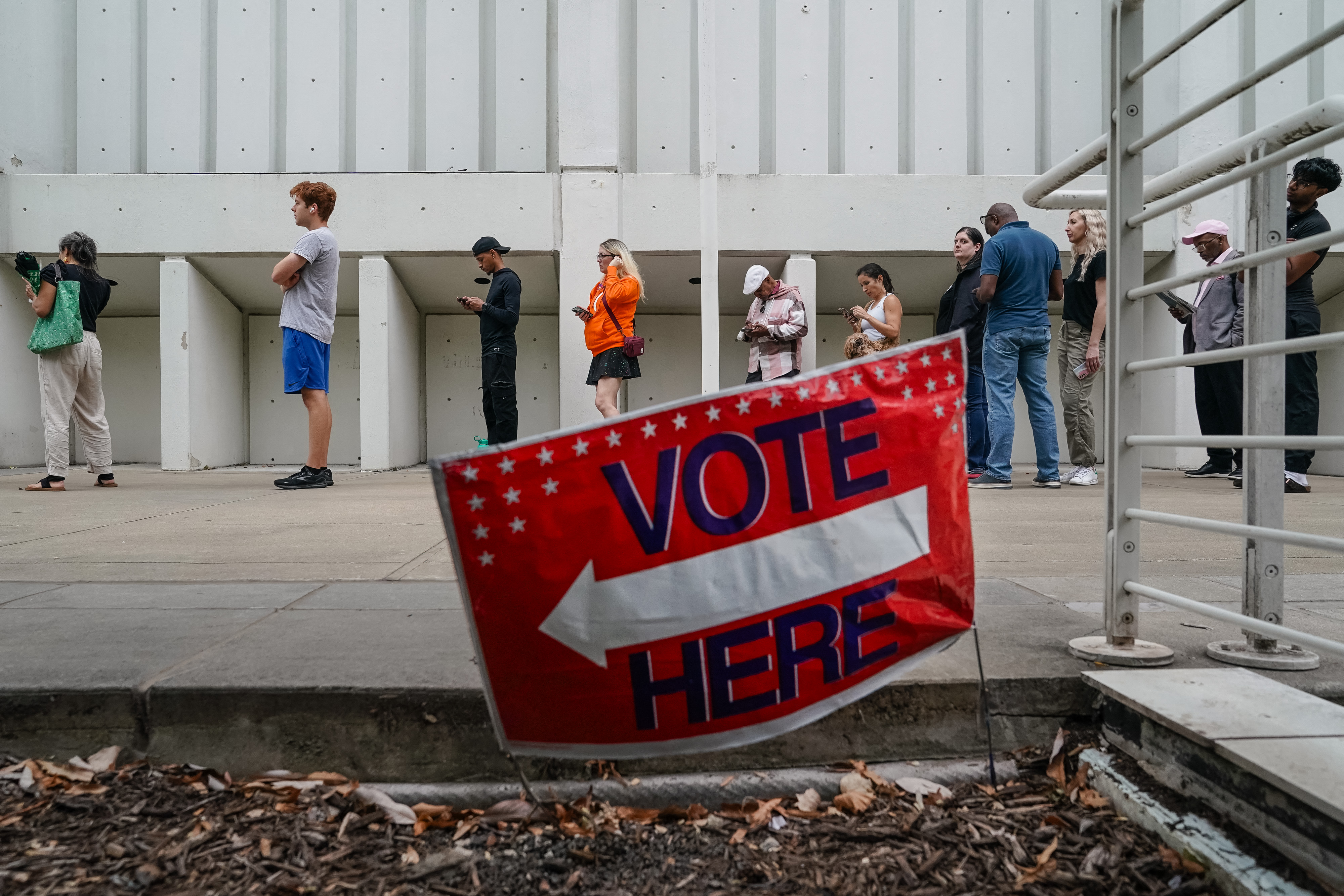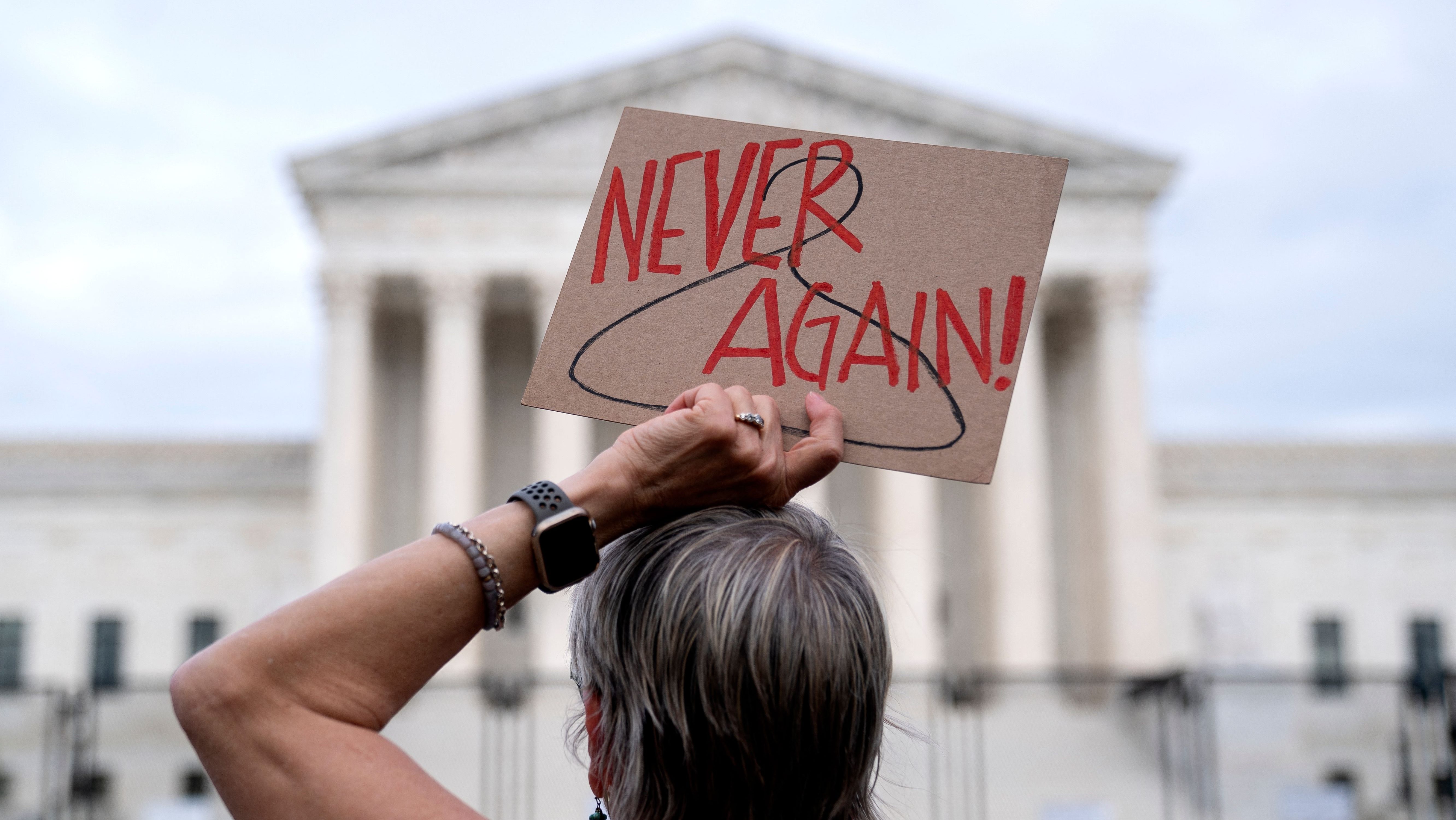
The 2020 census is off and running for much of America now.
The U.S. Census Bureau made a soft launch of the 2020 census website on Monday, making its form available online. On Thursday, the Census Bureau will begin mailing out notices far and wide.
For the bureau, the once-a-decade head count is akin to running a sprint and marathon at the same time. It takes awhile, but there's plenty of action throughout.
“It is that intense ... counting up to 330 million people in a very diverse, very mobile population, and over 140 million housing units," Stephen Buckner, a senior Census Bureau executive, said during a recent visit to Miami.
The bureau had an official in-person launchin January in Toksook Bay, Alaska. Mail service is spotty and internet connectivity is unreliable in remote Alaska, making door-to-door canvassing the best way to gather responses.
There has been a U.S. census every decade since 1790. The results determine how many congressional seats each state gets and how $1.5 trillion in federal spending is distributed.
The 2020 census is the first in which most people are being encouraged to answer the questions online, though people can still answer the questionnaire by telephone or by mailing back a paper form if they prefer.
U.S. & World
The day's top national and international news.
The notices mailed out starting this week will include a census ID that matches addresses. People filling out the form via the internet are encouraged to use the ID, but those who answer the questions online before getting their IDs still will be counted.
“The best user experience is provided with a Census ID," the bureau said in a statement Monday evening.
Some people couldn't wait. Amit Bagga jumped on the Census Bureau website from his desktop computer Monday after it went live and filled out the form in about two minutes, using his address instead of an ID number.
"It could not have been easier," said Bagga, who is deputy director of NYC Census 2020, the outreach initiative started by New York Mayor Bill de Blasio.
About 80% of households receiving mailings will get notices about how to answer the questions online, and about 20% of households automatically will receive a paper ballot if there are large numbers of seniors in their neighborhood or levels of internet connectivity are low.
Census workers won't begin going door-to-door in earnest until May, when they'll approach homes that haven't responded and ask the questions in person. Bureau officials are monitoring the spread of the novel coronavirus, which could disrupt the door-to-door phase. If there is a major disaster, such as an epidemic, census workers instead can drop off the questionnaires at homes, with the hope that people will respond on their own, according to the bureau's operational plan.
Testifying before a U.S. House appropriations subcommittee on Tuesday, U.S. Secretary Wilbur Ross, whose department oversees the Census Bureau, said the emphasis on getting people to respond online is minimizing physical contact that could spread the virus.
"We will just have to play it by ear," Ross said. “We are ready to make responses and we will deal with the situation as it evolves.”
This week also poses the first true test of the Census Bureau's new IT systems for capturing online responses. For the past three years, the Government Accountability Office has placed the census on its list of high-risk programs, mainly because it is relying on technology that has not been used before. Last month, the bureau decided to use a backup data-collection systemfor handling the online responses after officials grew concerned that the primary system would not be able to handle excessive traffic.
The online approach to answering the 2020 census questions causes Democratic U.S. Rep. Karen Bass of California, to worry it will lead to an undercount of blacks and other minorities in hard-to-count communities.
“Having the census online can be a way of continuously undercounting the black population," Bass said last week.
Perhaps the most attention given the 2020 census over the past several years has been to the failed effort by the Trump administration to put a citizenship question on the form. The U.S. Supreme Court rejected those efforts, but some worry that lingering uneasemay scare off some Hispanics and immigrants from participating.
“It's a challenge every 10 years to get any American to fill out the census. ... Some people are fearful of giving the government more information," said U.S. Democratic Rep. Joaquin Castro of Texas. “But every 10 years, that challenge has been especially tough in minority communities, who sometimes are more disconnected from government than other communities."
At Tuesday's hearing, several Democratic House members wanted to know why the Census Bureau hadn't done more to denounce Republican National Committee mailings and a Trump re-election campaign ad on Facebook that the lawmakers said resembled a census form. Facebook last week took down the ads, saying it was enforcing its policies to prevent confusion over the 2020 census.
The lawmakers wanted to know if the Trump-appointed Ross had contacted the president's re-election campaign or the RNC to ask them to stop, or if he had made a criminal referral to the Justice Department since it's illegal for an organization to misrepresent a solicitation for donations as an official government mailing.
Ross said he hadn't made a referral, but added his department didn't have the authority to do so.
___
This story has been corrected to reflect that Commerce Secretary Wilbur Ross testified before a House subcommittee, not a Senate subcommittee.
___
Adriana Gomez Licon contributed to this report from Miami.
___
Follow Mike Schneider on Twitter at https://twitter.com/MikeSchneiderAP



